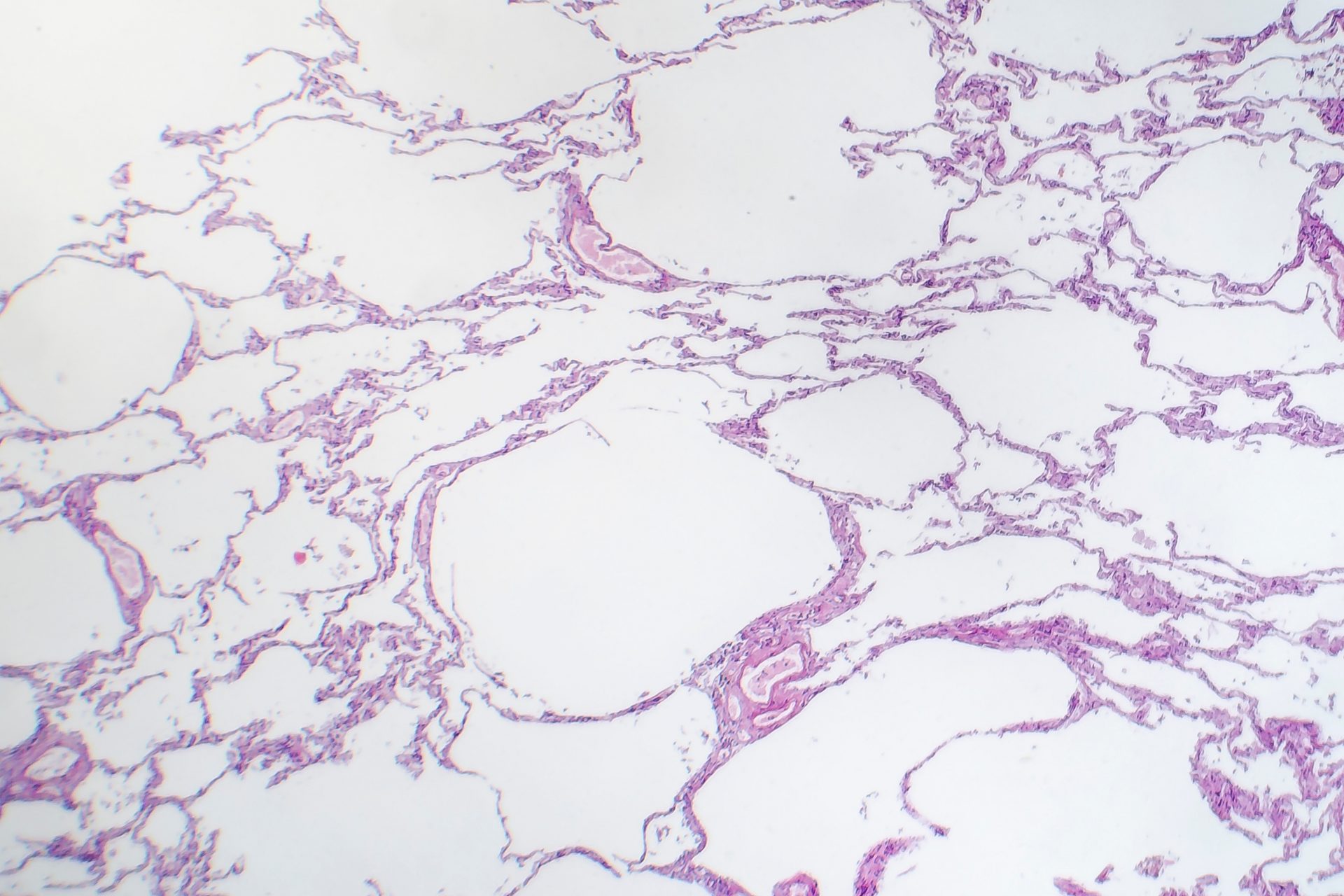Diagnoses
The sudden blocking of pulmonary arteries with a clot (called an embolism) can cause breathlessness, chest pains, blood in the sputum, and sometimes faintness or a blackout if the blood pressure drops. Sometimes a small pulmonary embolus is found as an unexpected finding on a CT scan when there are no symptoms.
The cause of pulmonary embolism is often unknown but there are a number of situations that increase the risk of pulmonary embolism. Treatment involves “blood thinning” drugs called anticoagulants.
A number of issues related to pulmonary embolism need to be considered. What was the severity of the pulmonary embolism and has it put a strain on the heart or raised the pressure in the lung circulation? Is the cause known? How long should treatment be taken – balancing risks and benefits? What can be done to reduce the risk of a further pulmonary embolus? Many of these issues will have been addressed at the time of the acute event but specialist advice can be helpful.


